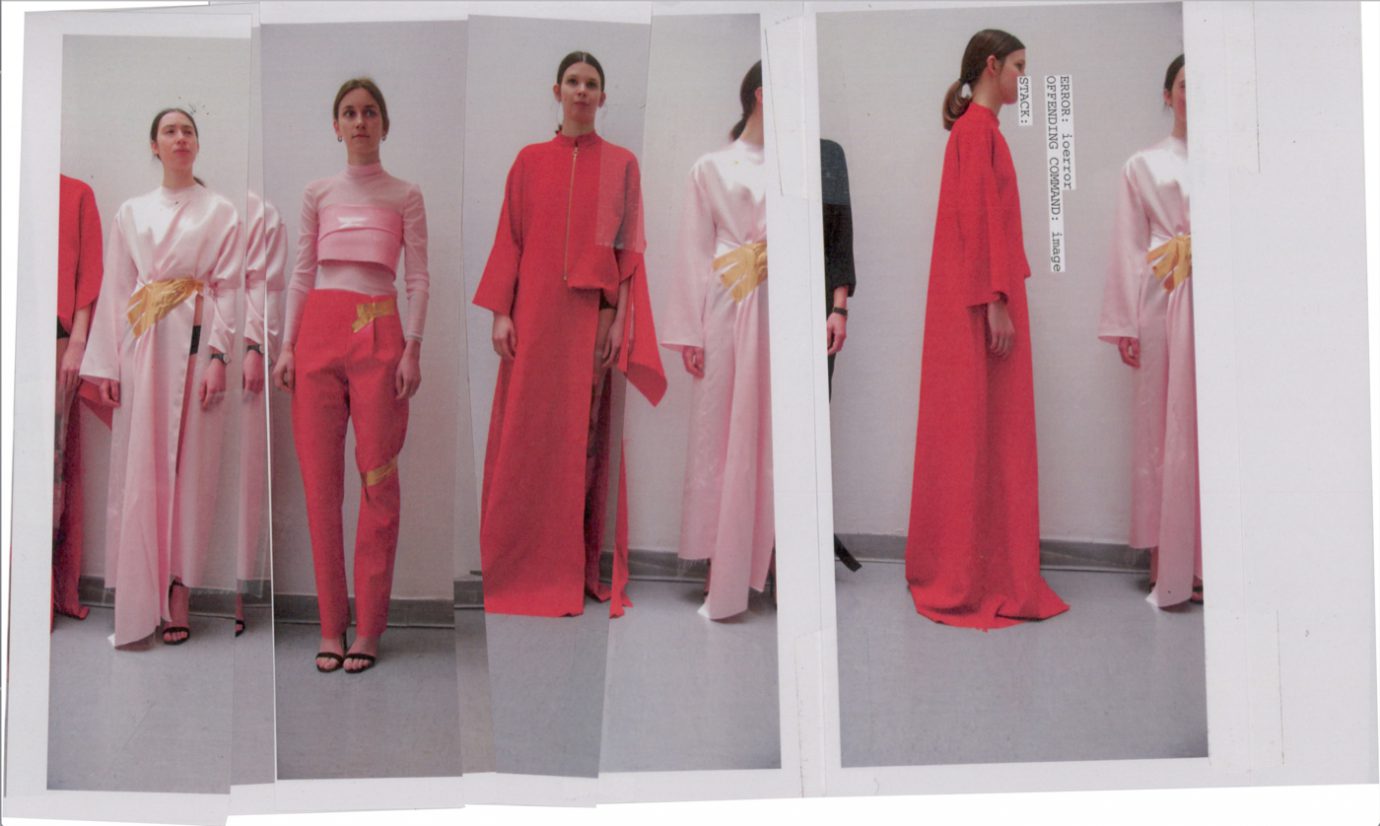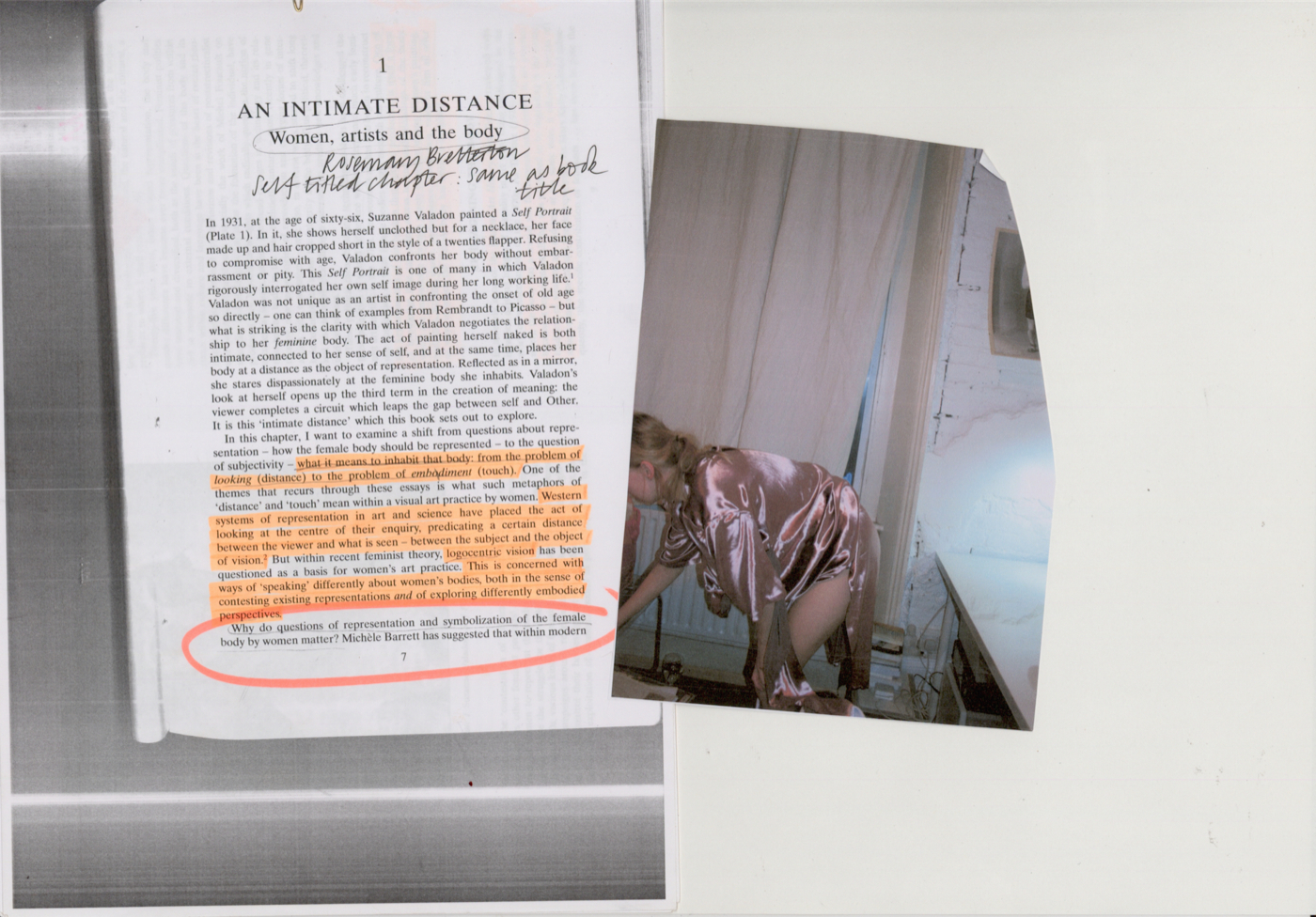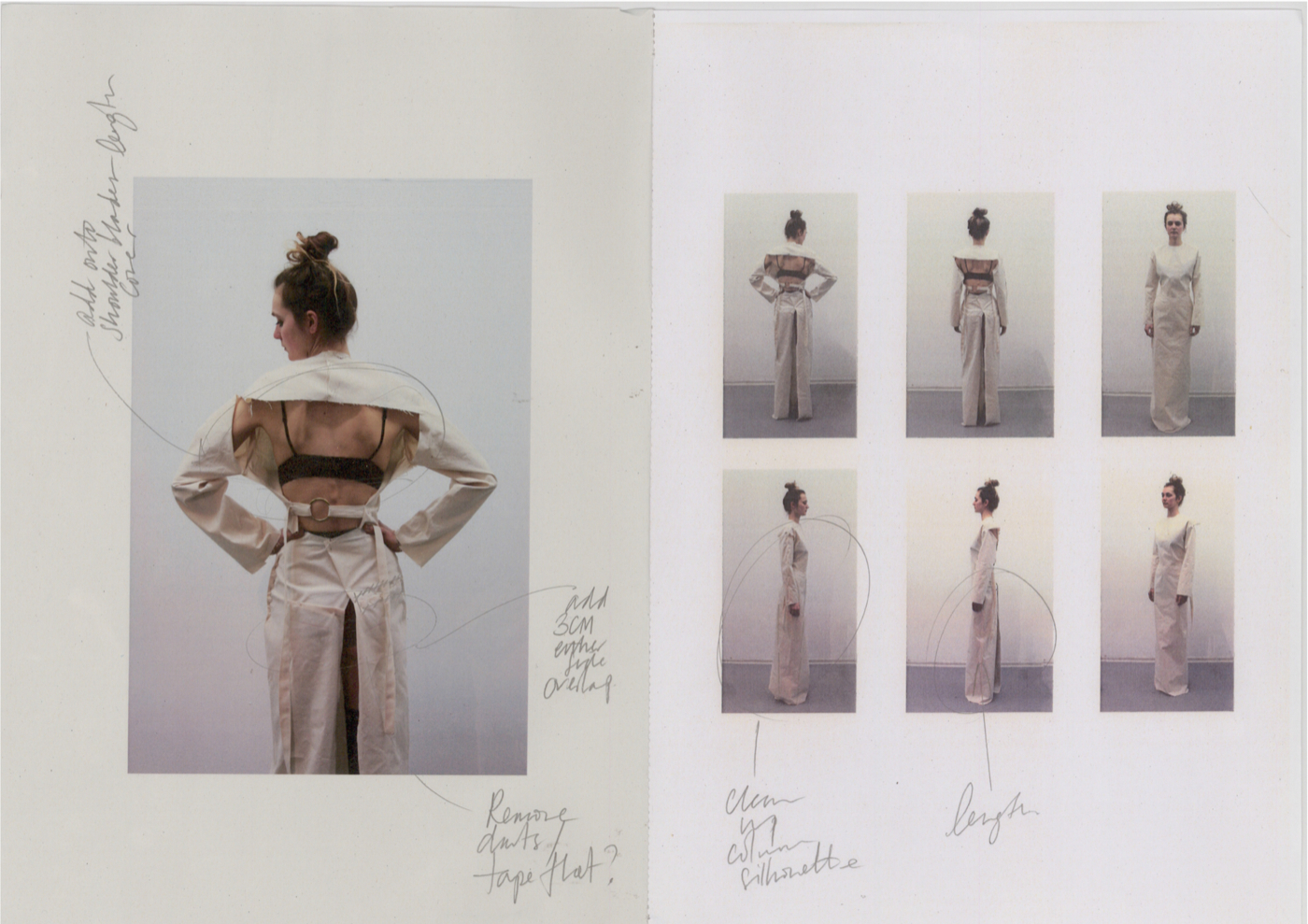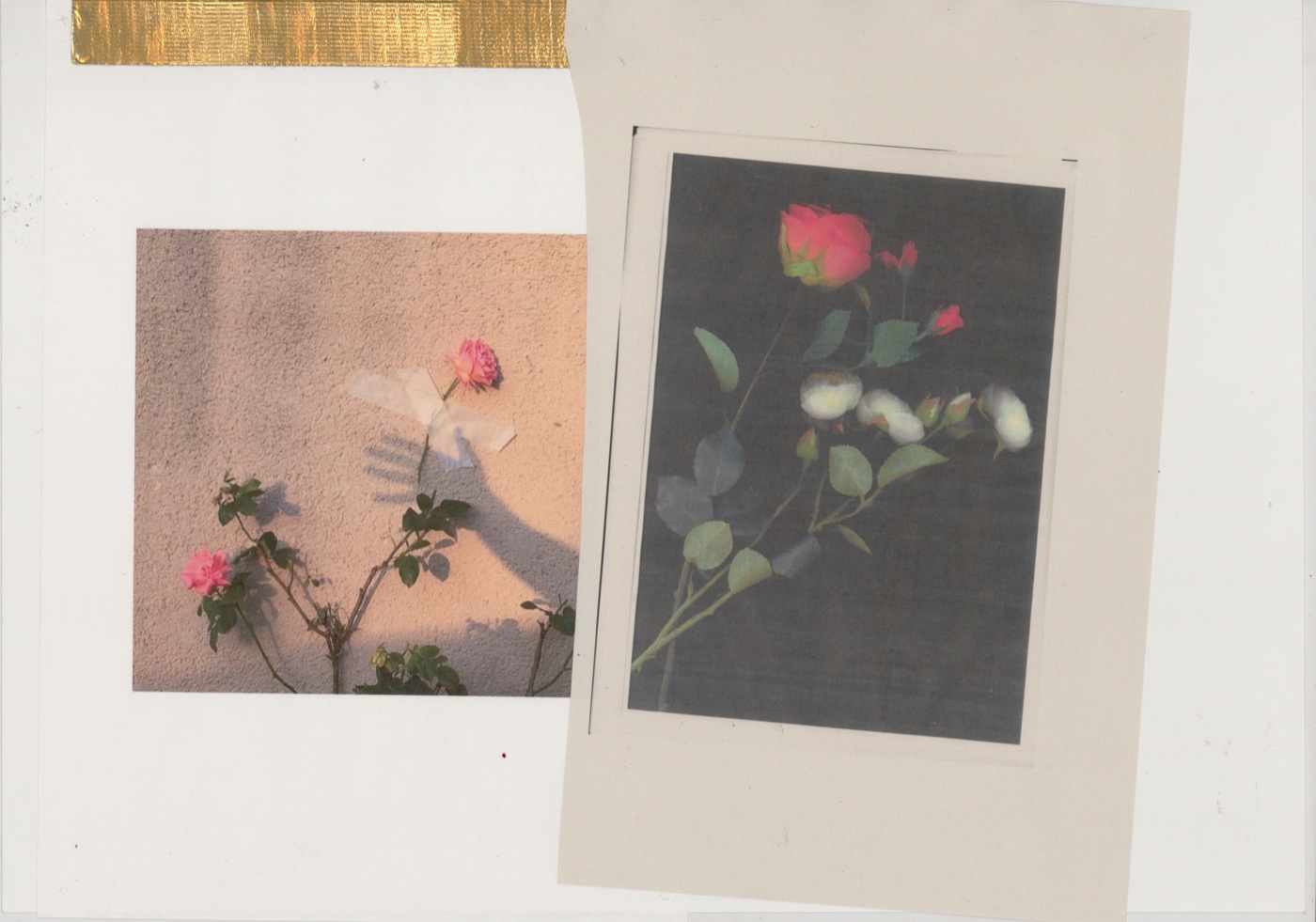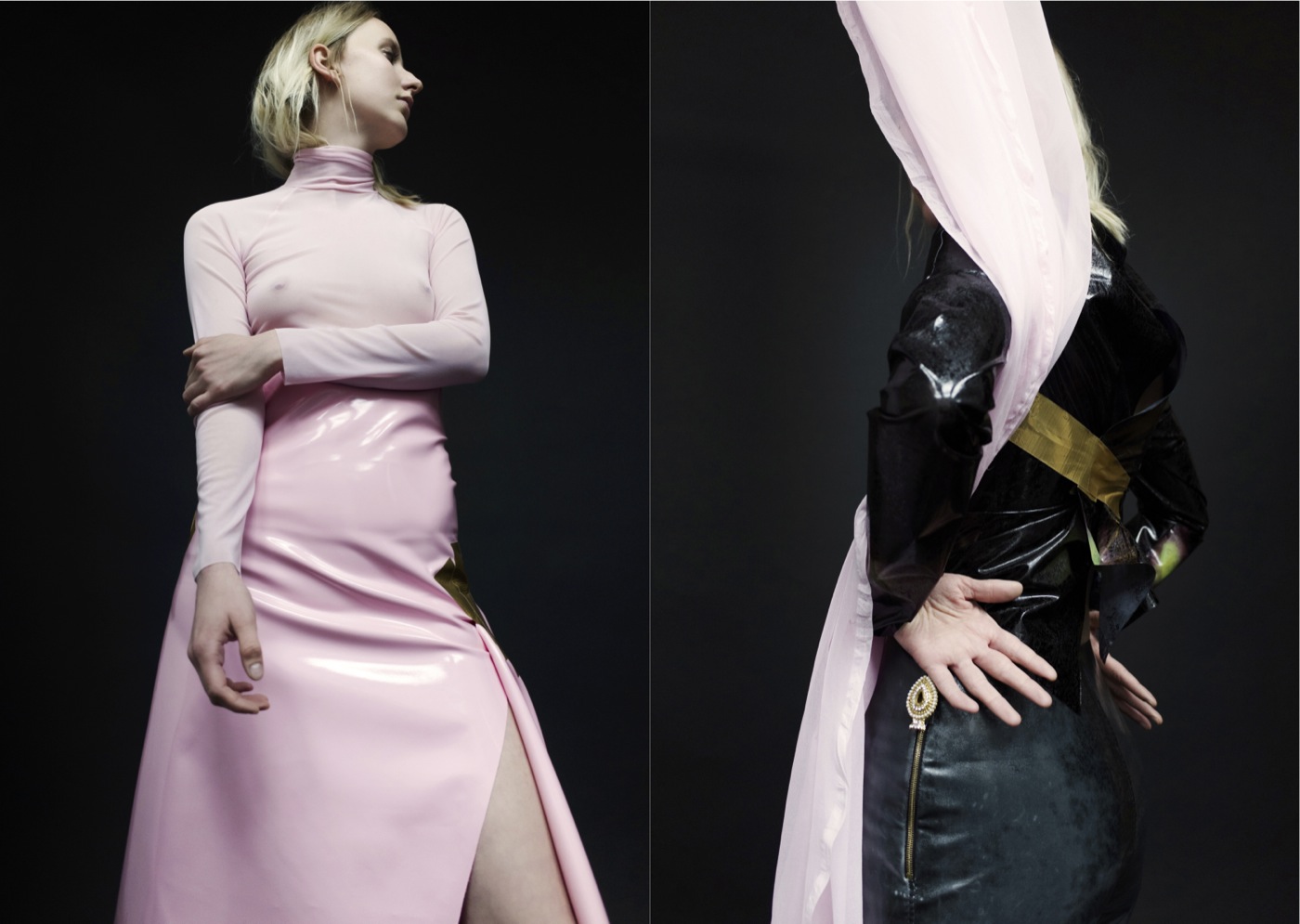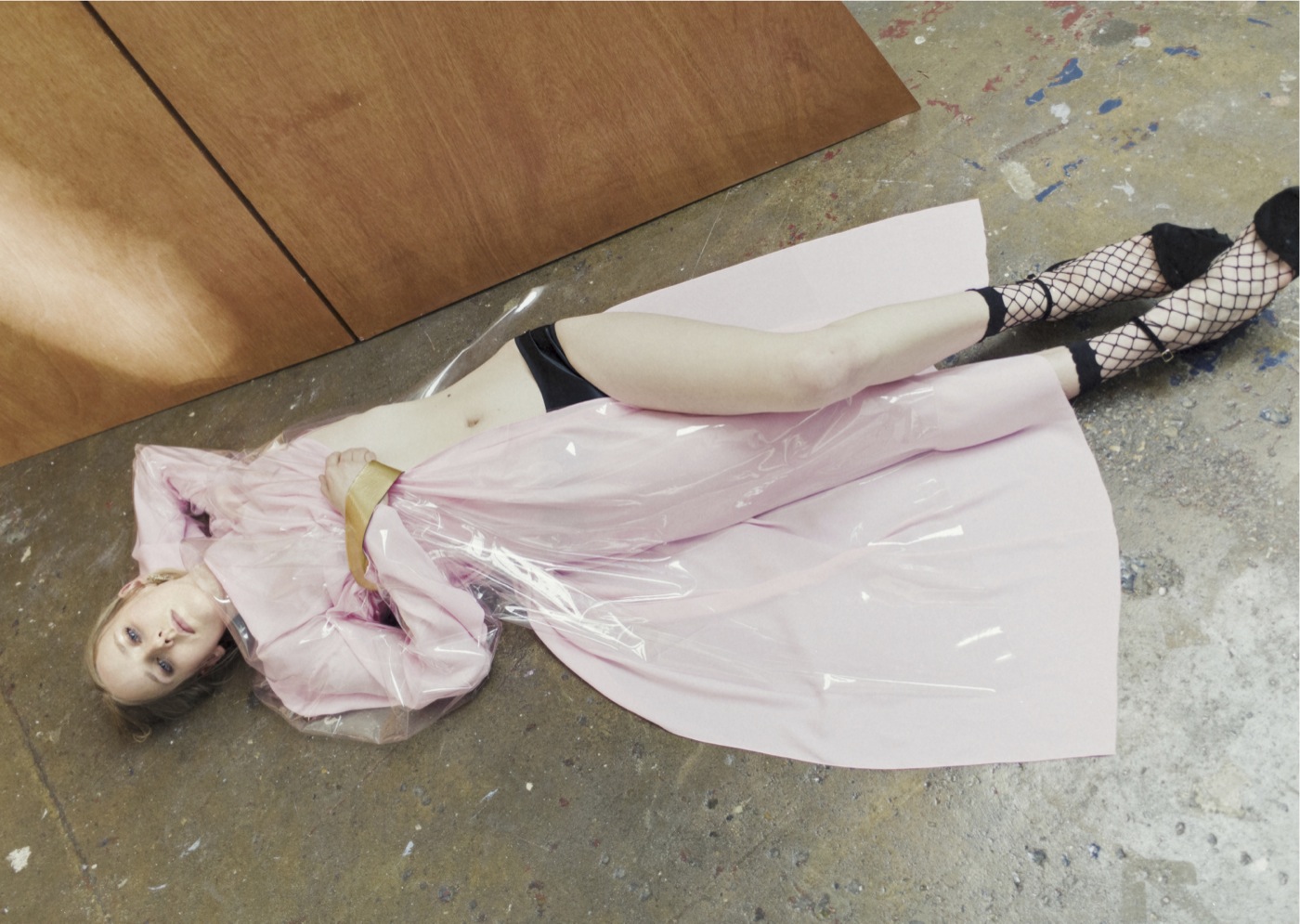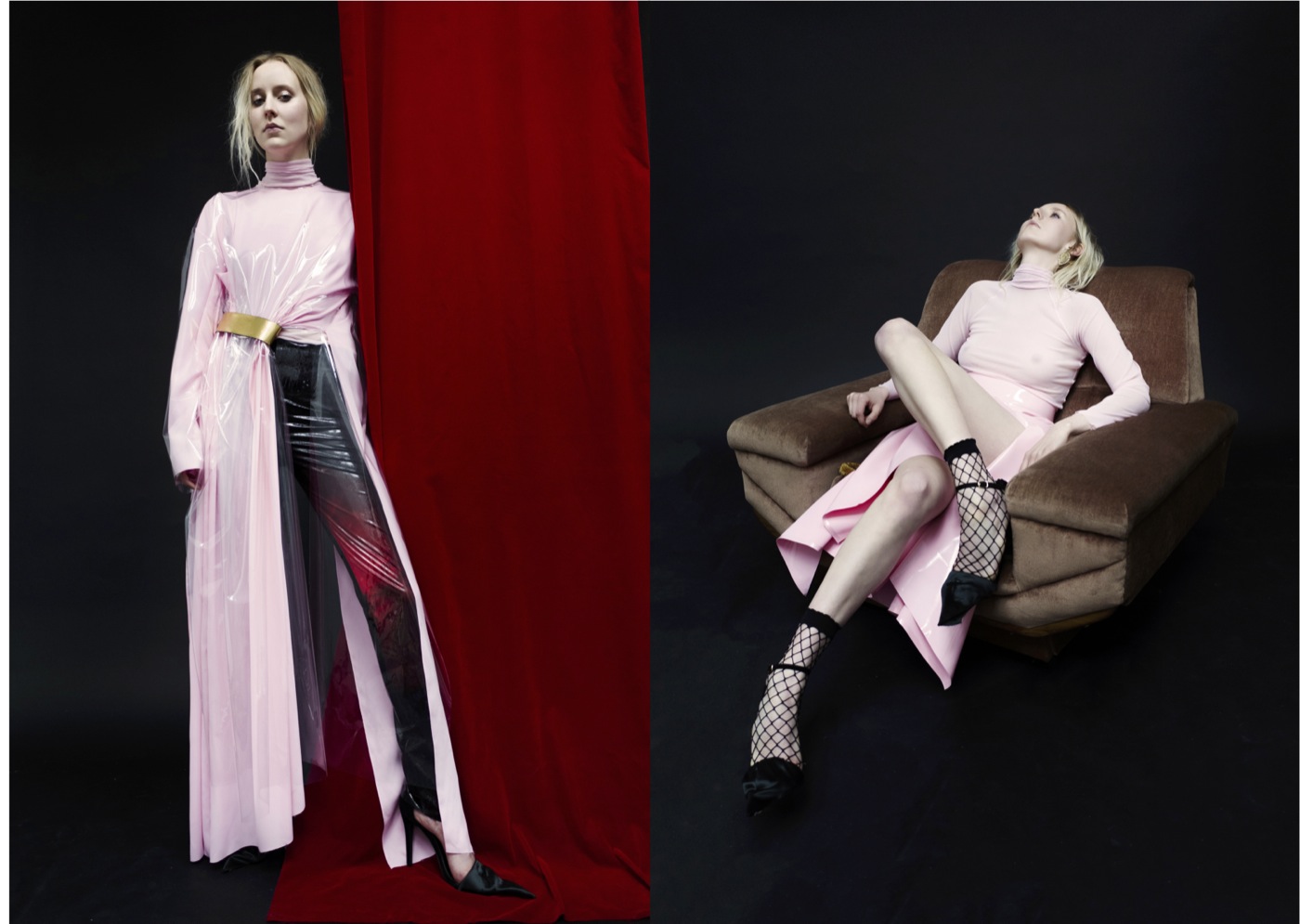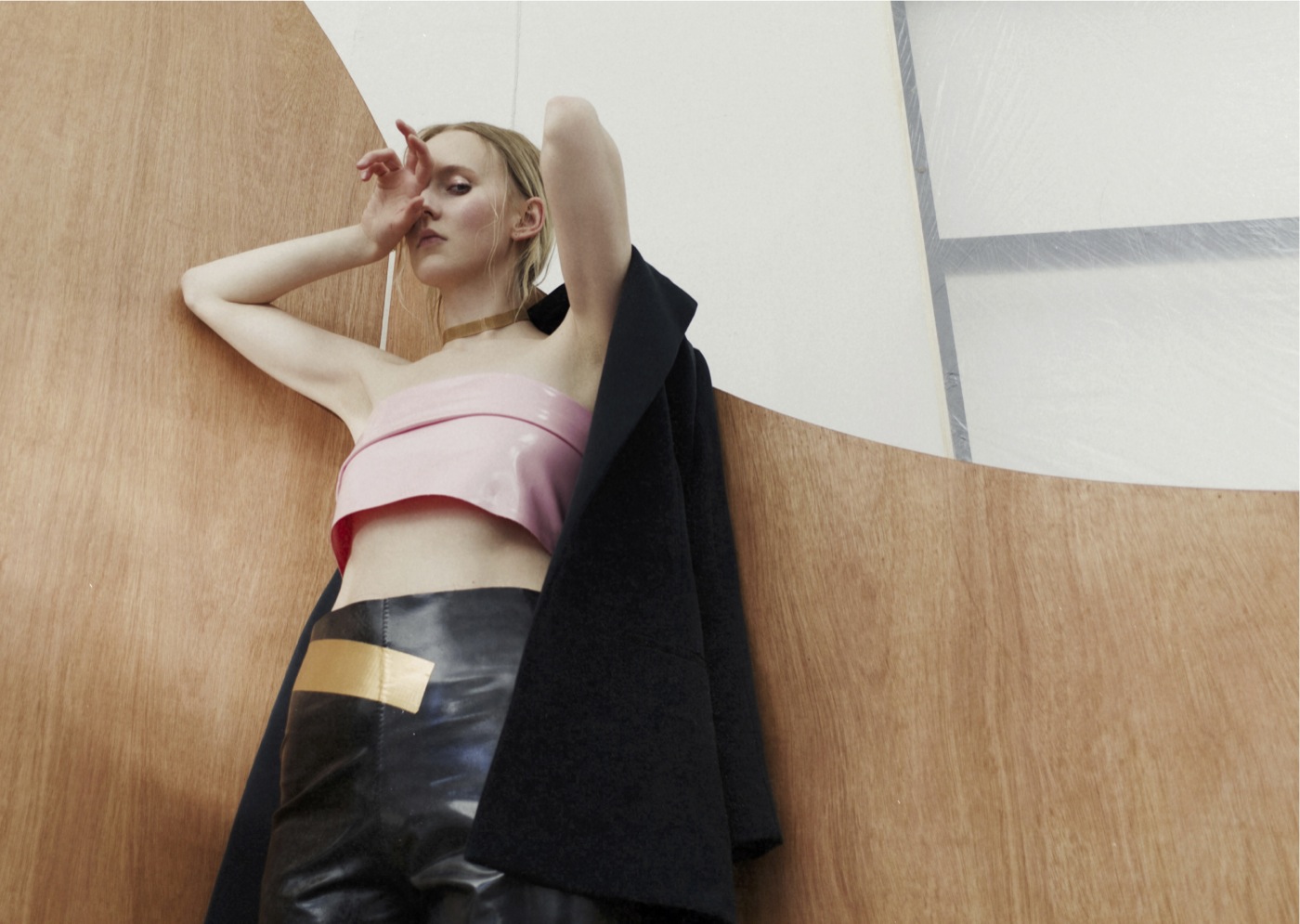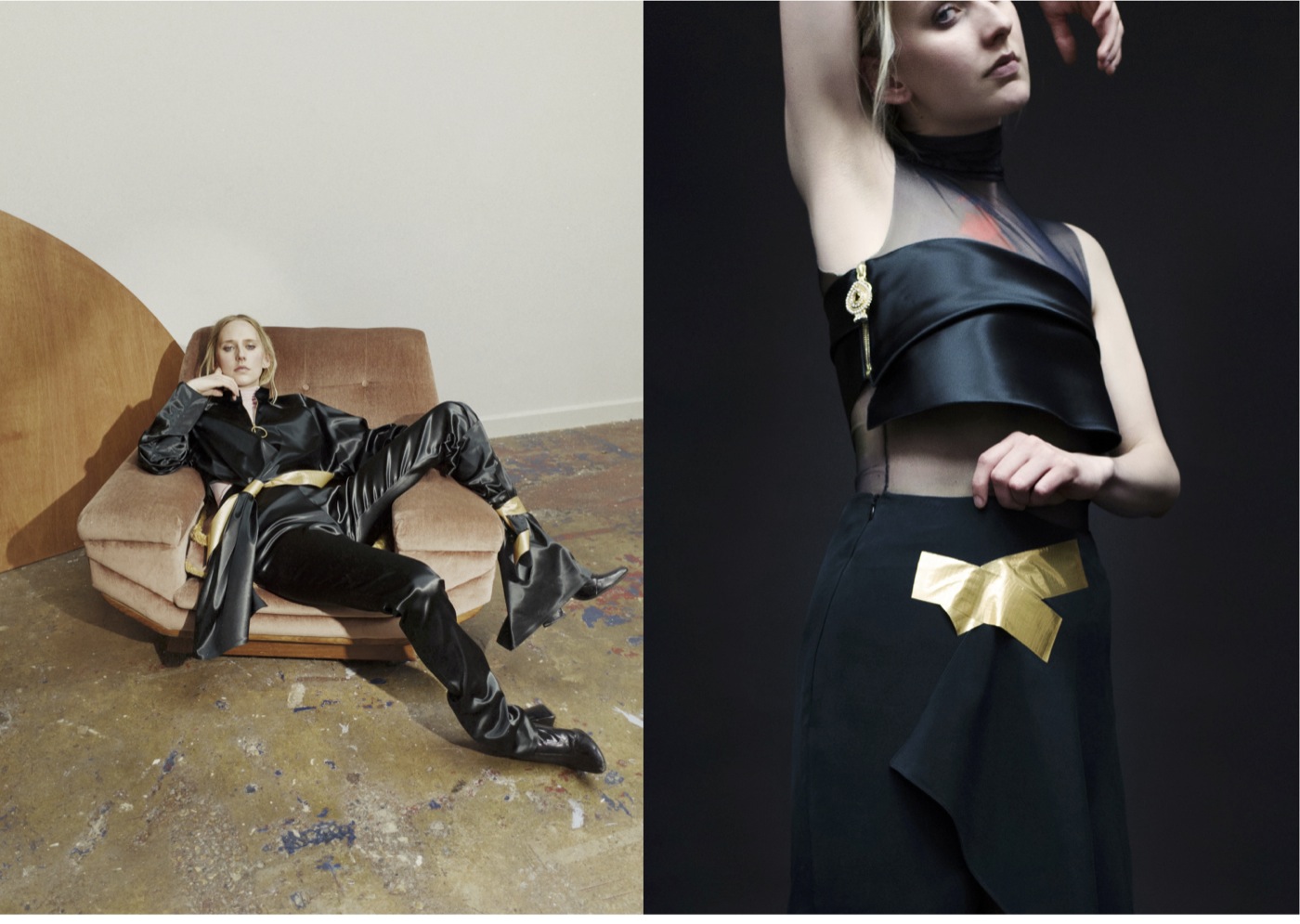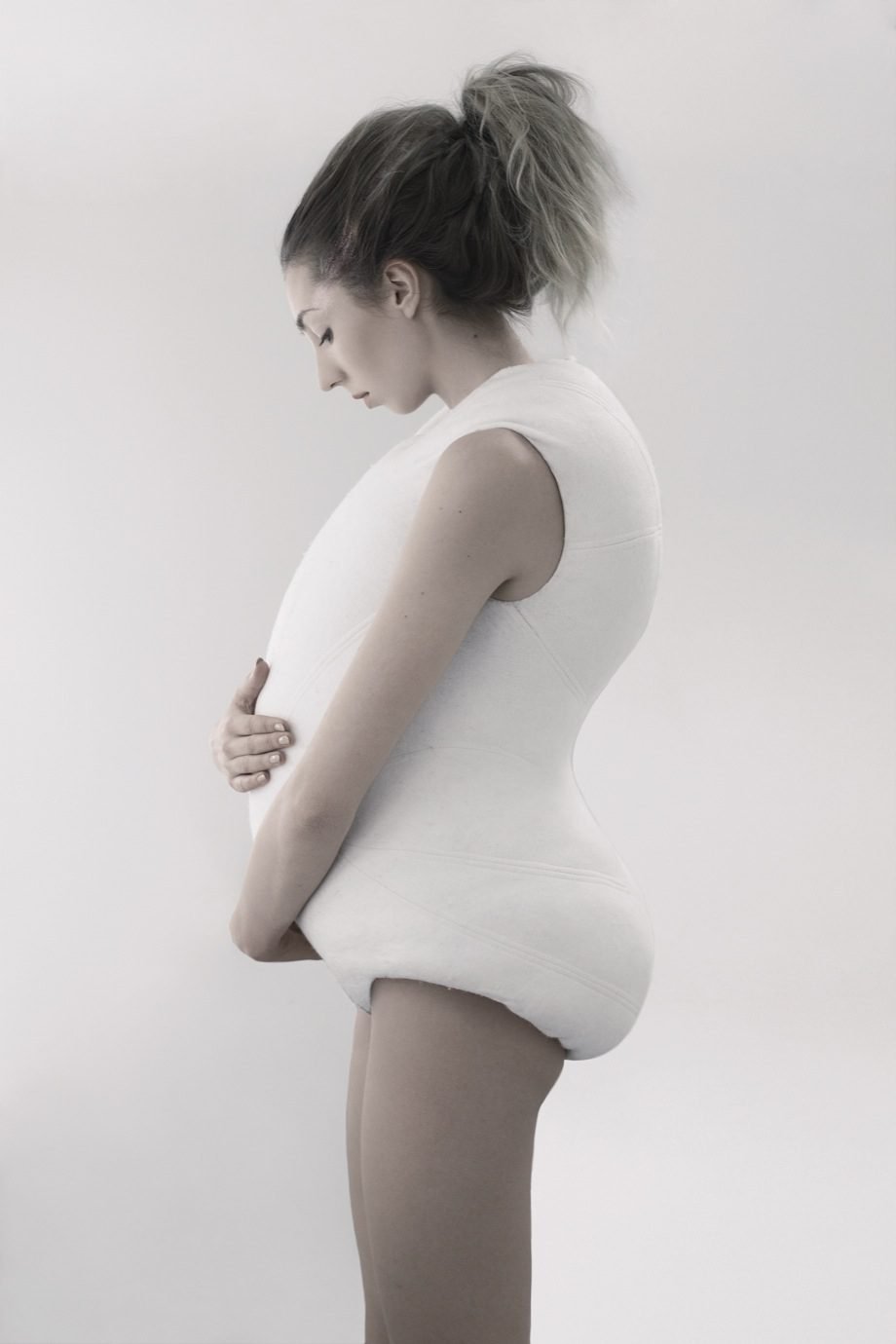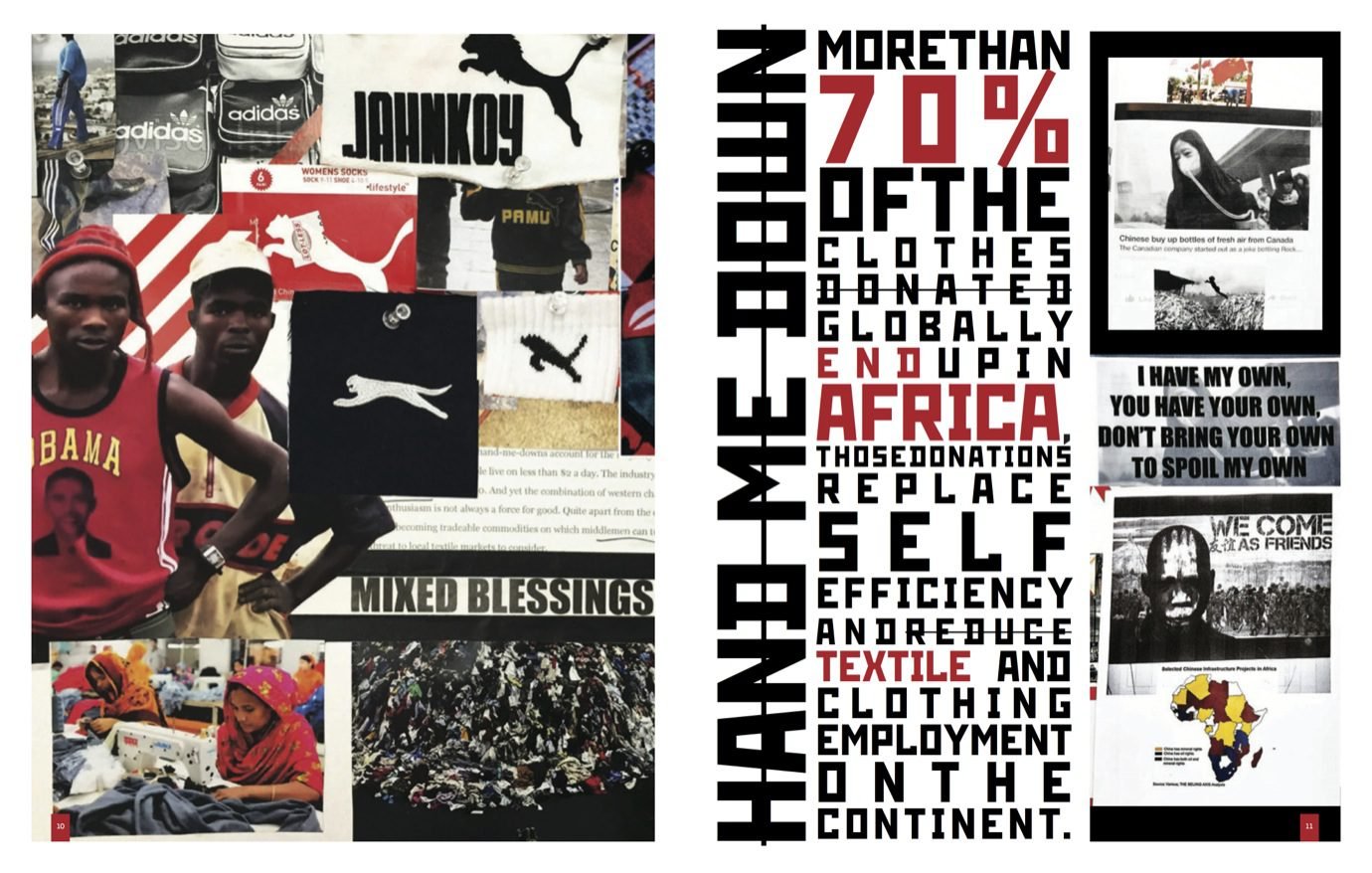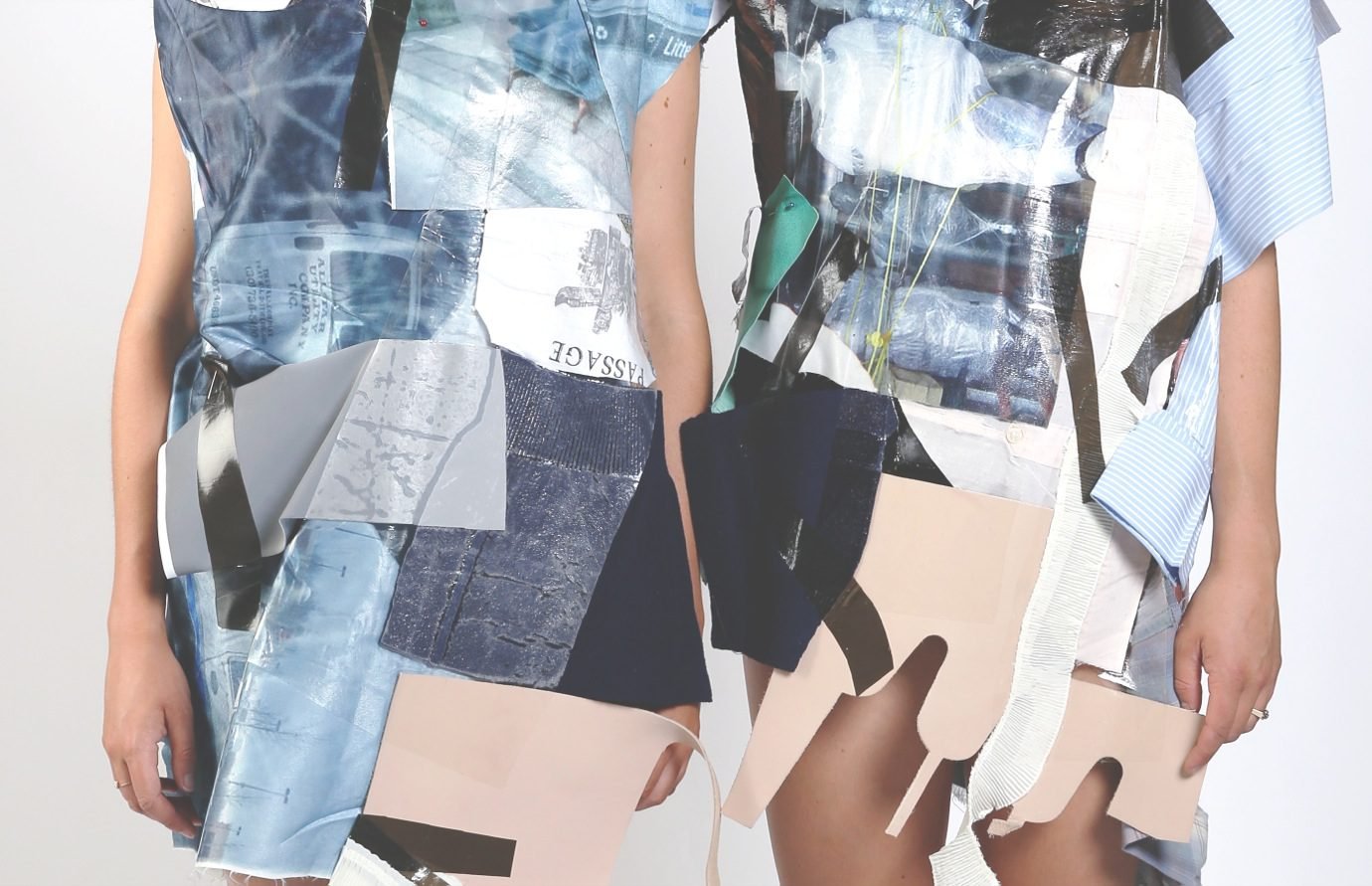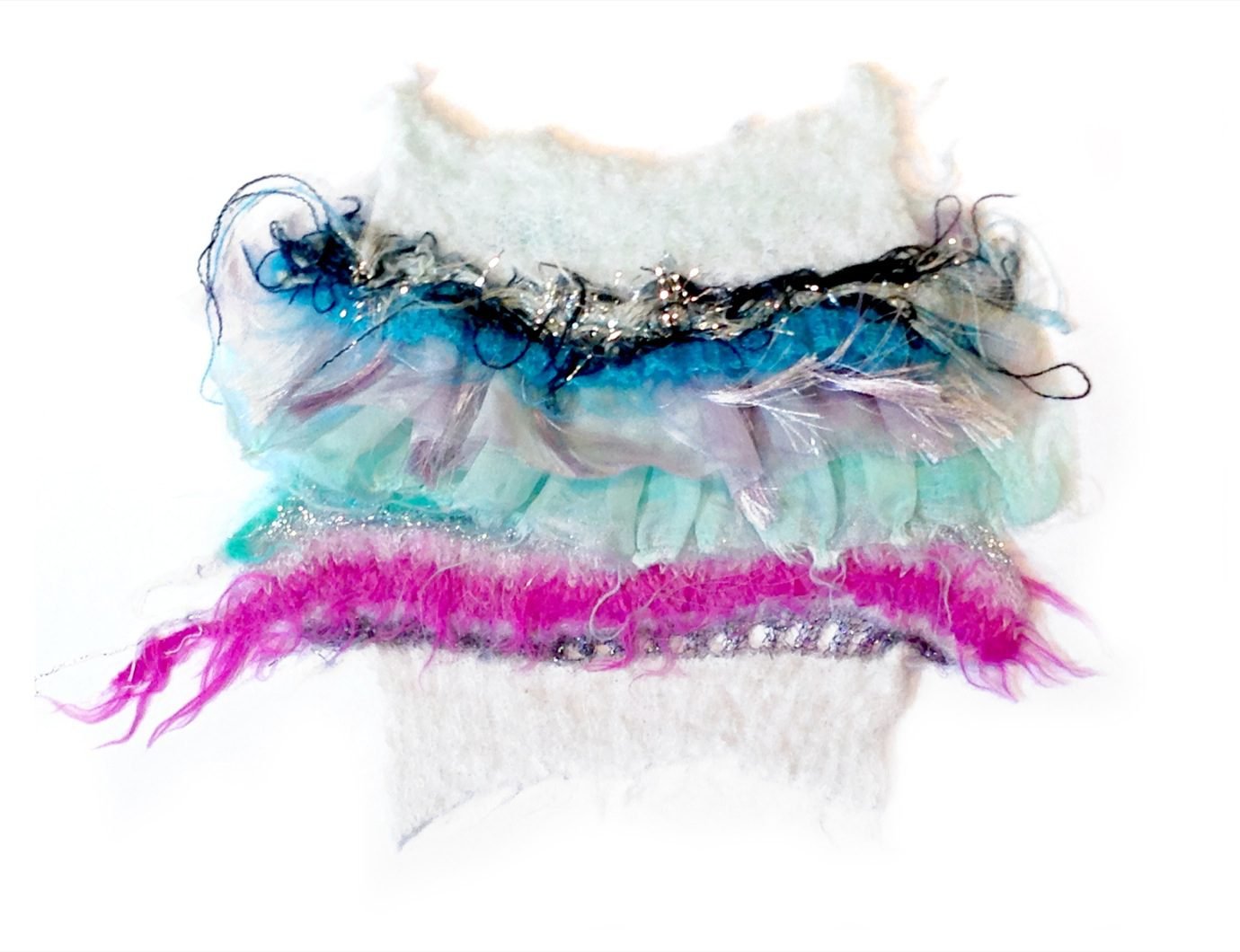“I ALWAYS TRY TO LOOK FURTHER THAN THE RESEARCH, TO LOOK DEEPER INTO THE NARRATIVES PRESENTED.”
Would you describe your work as inherently personal?
It’s impossible for my design work not to be an extension of my own identity. Experiences, friends and surroundings shape everything about your personality, and I think that in turn reflects the work you make. My work hasn’t always come from such a personal place, but I think that being at the RCA really pushed me to dig deeper into my research, and so it resulted in a really personal starting point, but ultimately, as the project developed, my work became more abstract and universal.
The tutors at the RCA really challenge you over your choices, and then it ends up being a really personal perspective that you draw out. My concept evolved from my dissertation that I wrote over the summer before starting 2nd year — which was about the female body, and female comportment — and so when I started the second year I tried to underpin my personal interest with that, and it ended up being about my heritage. In terms of interpretation, I think now I always try to look further than the research, to look deeper into the narratives presented.
How important is experimentation?
During the design process, you start with so many ideas, or visual concepts, which you then start filtering out and adapting as your work naturally evolves. The key to this evolution is experimentation.
It’s really crucial to my own creative process that there is experimentation and development throughout. I need to keep the development flowing in a natural way, as I tend to get bored quite quickly! At the RCA, the tutors are really supportive of this, and expect the work to progress organically. They challenge you quite a lot during the process and this sustains momentum and progression.
Prior to your MA, you gained a lot of industry experience, how has this helped shape your practice?
Working in the industry was really useful for me in terms of understanding how design studios operate, in addition to fully understanding the quick turnaround of making a collection. Having said this, when I started at the RCA, I wanted my experience to be purely a creative one: I just wanted to be able to develop my design aesthetic. In the final year, it is still really important to be able to know who your woman is. Where does she live, what does she do, what other brands does she wear? These are important questions that you need to understand for the work that you are creating, and where it will fit in within the industry.

